
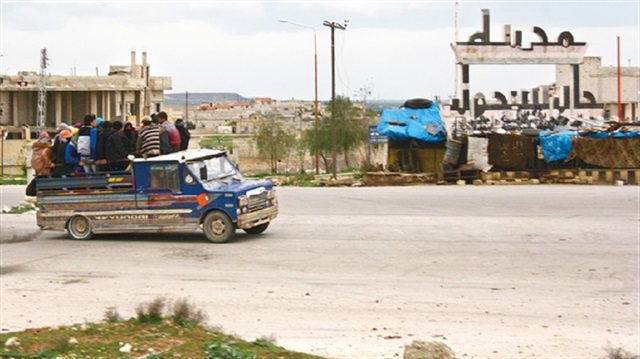
Chemical gas attack survivors leave the town of Khan Shaykun, Idlib province, in a pick-up truck.
Locals say people have prepared spare graves and are fleeing after burying the bodies of the deceased
“Those who tried to rescue immediate victims of the chemical attack slowly started to collapse and die too,” recounted Ziyad Pelevi, a survivor of the chemical attack by the Assad regime in the Khan Shaykhun district of Idlib, Syria.
Yeni Şafak daily spoke to locals of Khan Shaykun, which has become a ghost town.
Locals are fleeing after burying the bodies of the deceased, and all signs of life in the once bustling town are disappearing.
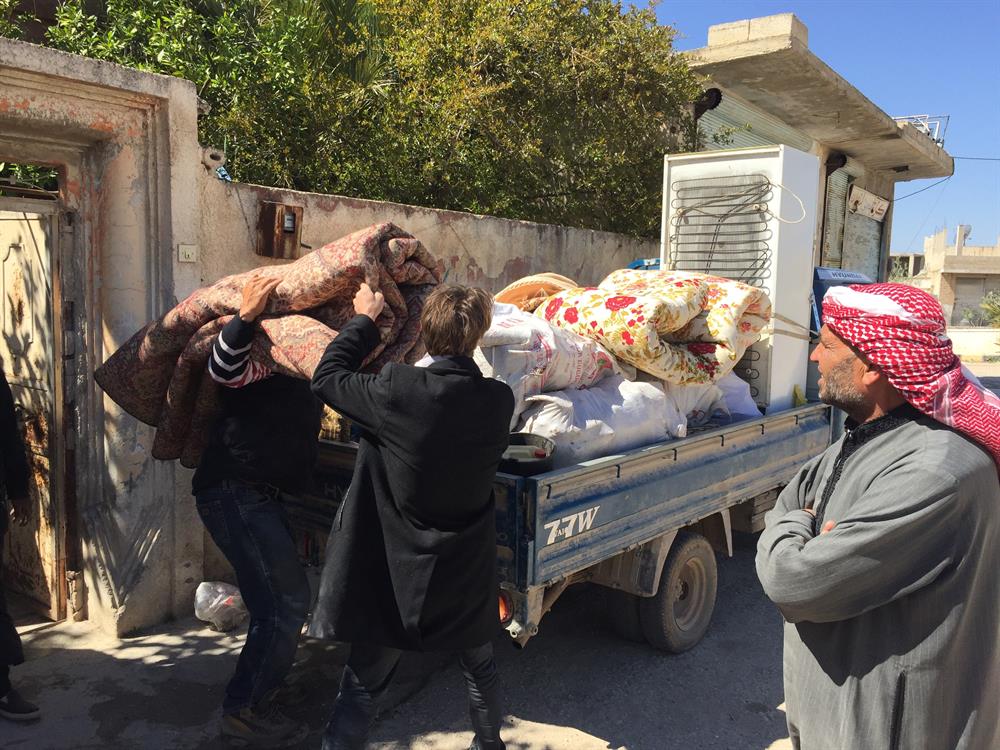
“We didn’t understand what was happening. We had difficulty breathing. Search and rescue crews started to collapse on top of the wounded and die,” said Pelevi.
“After a while, there was an announcement made that identified the blast as a result of a chemical bomb. People started to die slowly after twitching on the ground struggling to breathe for over an hour.”
“Houses were checked one by one once the effects of the gas had passed,” added Pelevi.
“There were people who had died in their beds. We took away those who had fell in the middle of the room and passed away. It was a terrifying day,” he said.
Warplanes are never absent from the skies
The sounds of warplanes reverberate through the sky as Pelevi recounts the horrors of the chemical attack.
The very warplanes that launched an inhumane attack on Khan Shaykhun just days ago have returned. The locals warn us about the warplanes that hang over Khan Shaykun’s skies, and tell us that we must be ushered to a safer spot.
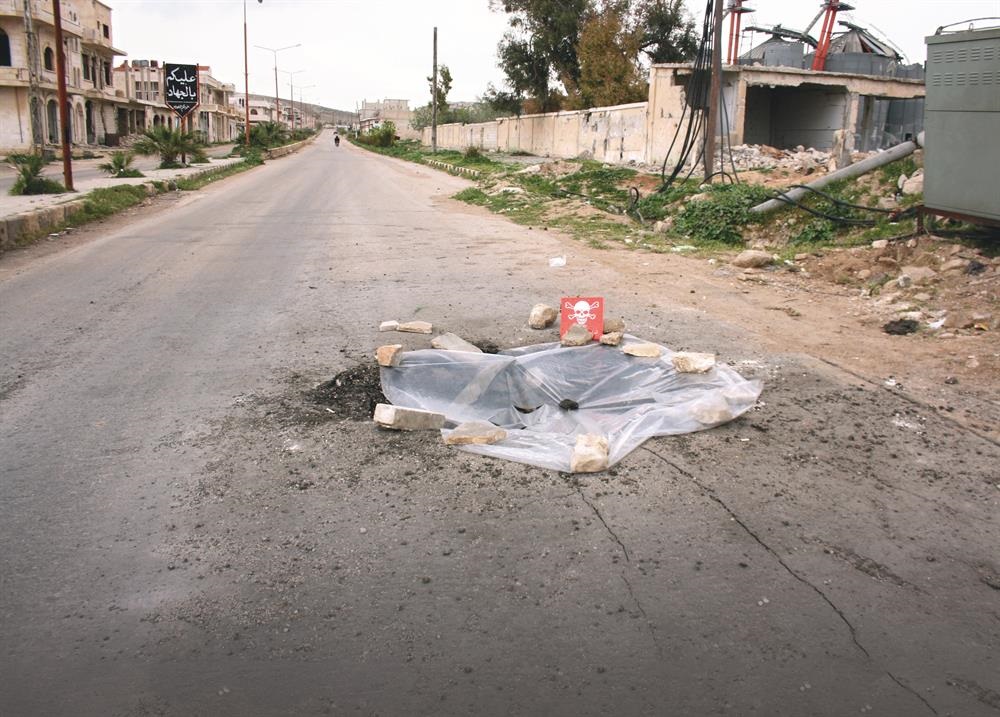
The Assad regime received international condemnation after a chemical attack left some 100 children, women and men dead and over 500 others injured.
In response to the attack, the U.S. fired 59 missiles at the airbase believed to have launched the chemical attack.
‘If we fall asleep, we will die’
Hamid Kuteyni, 23, has been working at Khan Shaykun’s civil defense center for four years.
“The civilians of Khan Shaykun have been bombed many times before,” he recalls.
“This is the first time chemical weapons were used in Khan Shaykun. One day prior [to the attack on Khan Shaykhun] they used chemical weapons on a district close to here,” said Kuteyni.
“Those wounded in the attack were brought here, and then two Russian planes bombed here as well. This is a hospital and a civil defense center. Our equipment, ambulances and hospital have become unusable.”
Khan Shaykhun locals are constantly locked in a state of alarm. “Are these not warplanes? People live in fear,” says Kuteyni before adding, “They wonder whether they will wake up if they fall asleep.”

An entire family was wiped out
As time passes, the tragic stories of the families who used to live in the town emerge. The Badshayip family is one such family that fell victim to the regime’s attacks.
When the bombing started, they thought it was a regular bombing and so took shelter in a shelter.
The gas leaked in to the shelter and all seven members of the Badshayip family were killed.
Assad regime struck storage silos, not opposition arsenal
Though the Assad regime and Russia claimed that Assad’s forces had hit the opposition’s munitions warehouses, locals report that the targeted area was used for grain storage.
Sources in the region added that they never had seen any opposition members in the area.
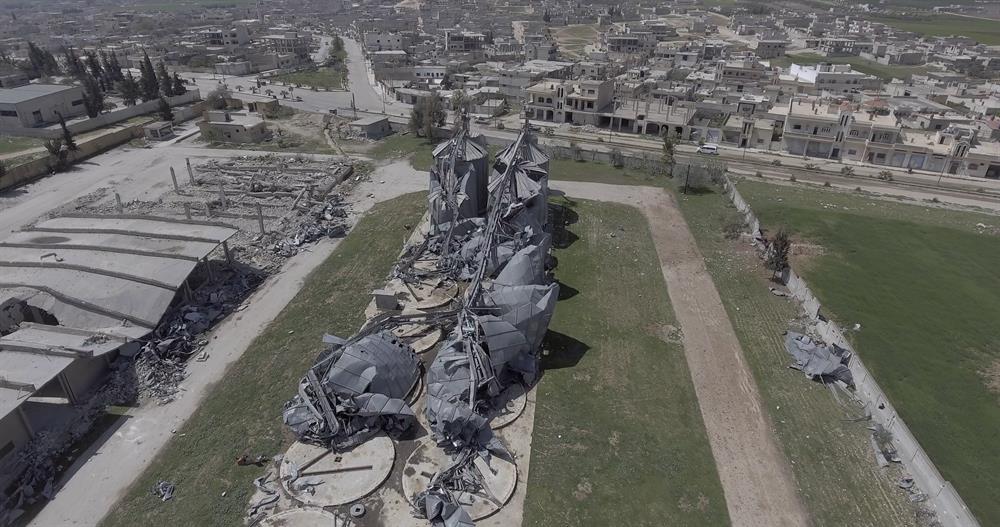
Locals are abandoning their homes after burying their loved ones
The entire town of Khan Shaykhun has turned into a funeral home. The burial of civilians who were killed in the chemical attack are still underway.
Those who survived the chemical attack are fleeing the town after the funerals of their loved ones.
Hundreds have taken refuge at the refugee camp in Atme, and hundreds of others have taken sanctuary with extended family members who reside in other provinces.
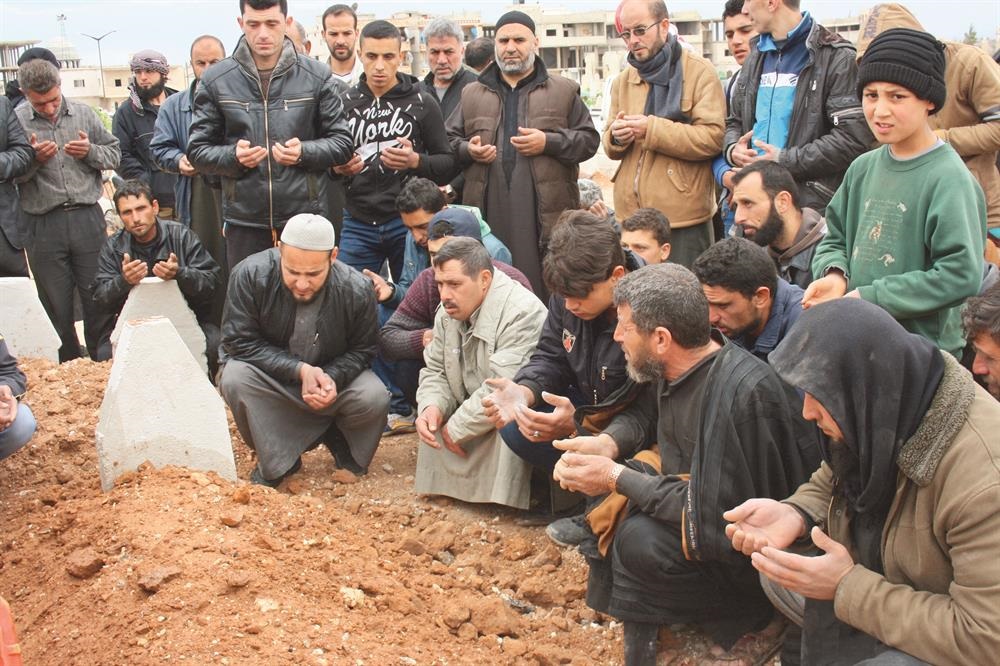
New gravestones are being added to graveyards daily. Abdulfagur Marati, who lost his life one day ago, was buried here.
Ahmad Huseyn, a Khan Shaykhun local, believes the death toll is going to rise.
“We have prepared many spare graves. Many more people are going to die. The poisonous gas has stuck to peoples’ lungs,” he said.
#Syria
#Idlib
#chemical attack




